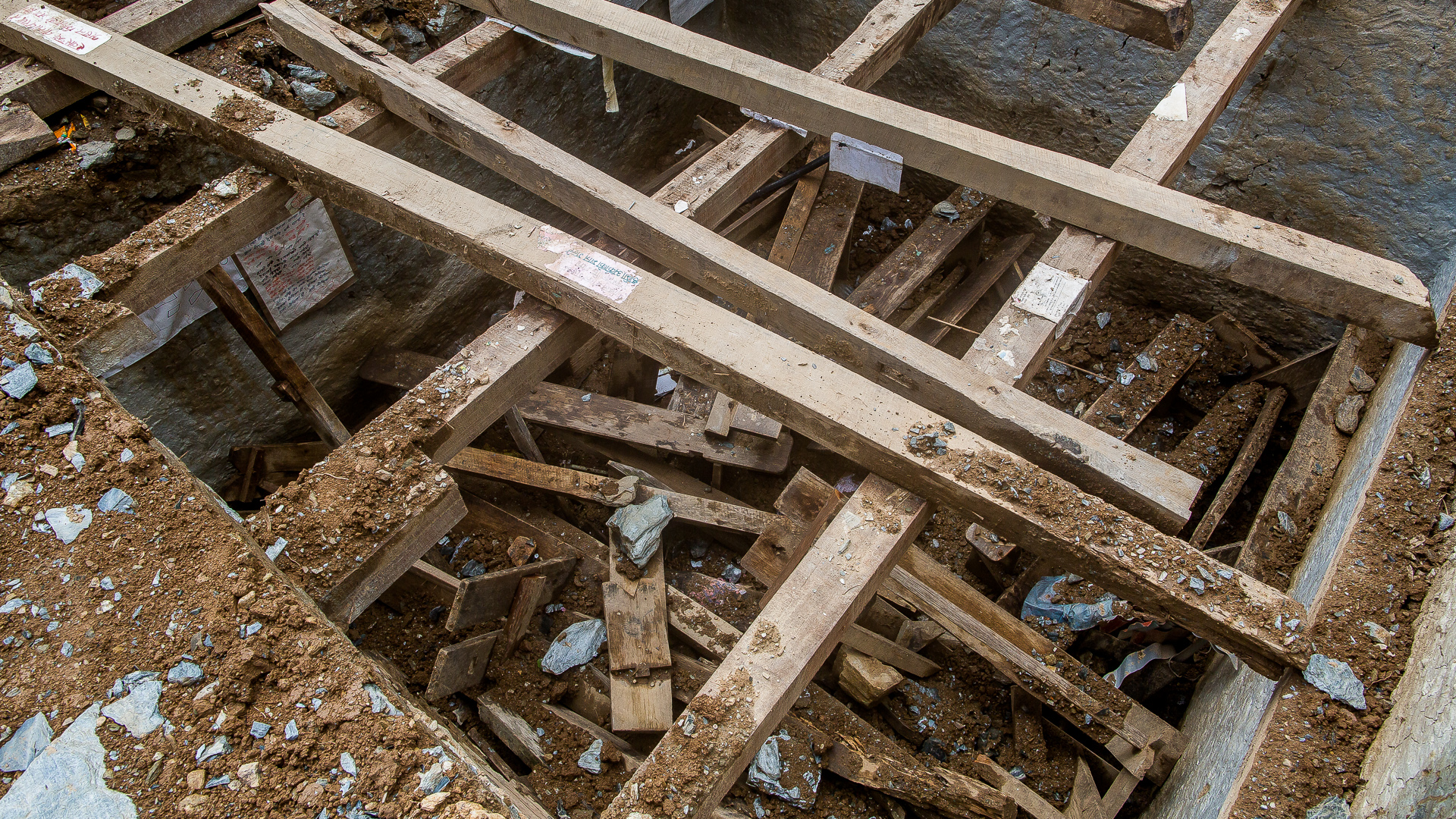Rohit planting rice in his uncle's fields.
Baby rice plants ready to be transplanted into the rice fields.
Walking through a small creek used during the monsoon to irrigate the rice fields.
2015/08/13
We visited the new Necha Community Hospital building and met with Nilam Bastola, chairman of the Asian Heritage Foundation Nepal. He is managing the building of the new in hospital in Necha which has been supported with funding from a number of foundations. The building work had been slowed because of all the people in Necha were busy planting rice in their fields.
We talked to Nilam about working together with the hospital doctor to teach first aid to school teachers from the 16 schools in Necha. We had already discussed this with Rohit’s uncle who is the headmaster of one of the schools in Necha and influential in Necha’s education community. We decided to meet with the doctor and develop an education programme based on the most common first aid presentations in Necha.
Collecting grass for the goats.
Together with Nilam we walked to a few remote houses and poor families living on the eastern hills surrounding Necha. Here the people were living in temporary shelters provided by the government or other aid organizations.
Discussing social topics with Vishnu from Asian Heritage Foundation Nepal.
Many people are living in temporary shelters following the earthquake.























































































